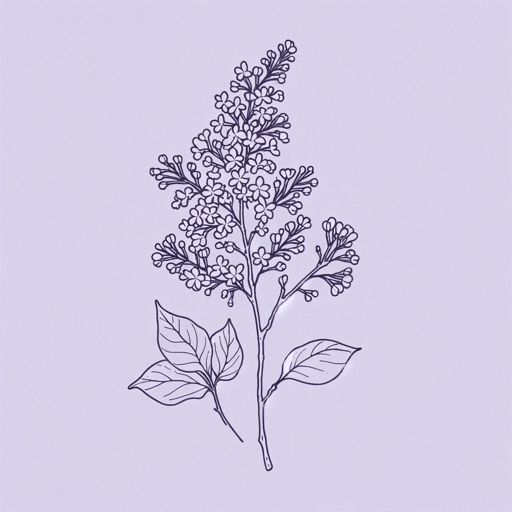26 pages • 52 minutes read
Walt WhitmanWhen Lilacs Last in the Dooryard Bloom'd
Fiction | Poem | Adult | Published in 1865A modern alternative to SparkNotes and CliffsNotes, SuperSummary offers high-quality Study Guides with detailed chapter summaries and analysis of major themes, characters, and more.
Further Reading & Resources
Related Poems
“The Waste Land“ by T.S. Eliot (1922)
In one of his best-known and most influential works, Eliot begins with lilacs in April in Part I, introduces the song of the hermit thrush in Part V, bookending the poem with the images of death and artistic translation from Whitman’s poem. Part V of “The Waste Land” also echoes “Lilacs” when asking “who is the third who walks always beside you,” calling up Canto 14: “Then with the knowledge of death as walking on one side of me […]” (Canto 14, Lines 13-14).
“Kaddish“ by Allen Ginsberg (1957)
Allen Ginsberg’s extended poem of mourning demonstrates Whitman’s influence in its extended descriptions of place, its long, expansive lines, and its chant-like anaphora. Ginsberg acknowledges Whitman’s influence on his poetry and even made Whitman a character in his poem “A Supermarket in California.”
“Lincoln is Dead“ by George Moses Horton (1865)
George Moses Horton, the first American to publish a book while enslaved, wrote several poems on Lincoln’s assassination. In this poem, contemporary to Whitman’s tribute, Horton compares Lincoln to another celestial body in the west—the setting sun. Horton left North Carolina with Union troops in 1865, liberated by the Emancipation Proclamation.
Related Titles
By Walt Whitman

A Glimpse
Walt Whitman
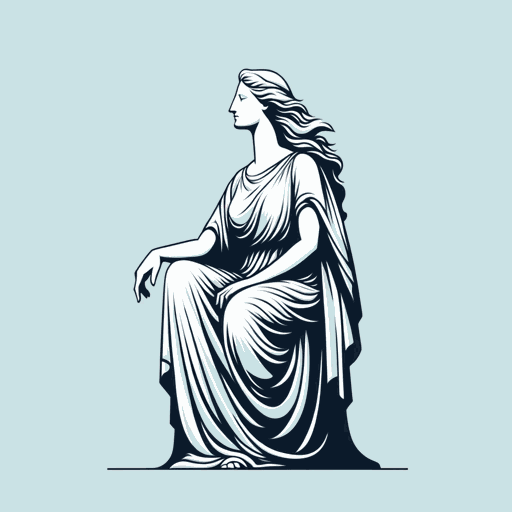
America
Walt Whitman
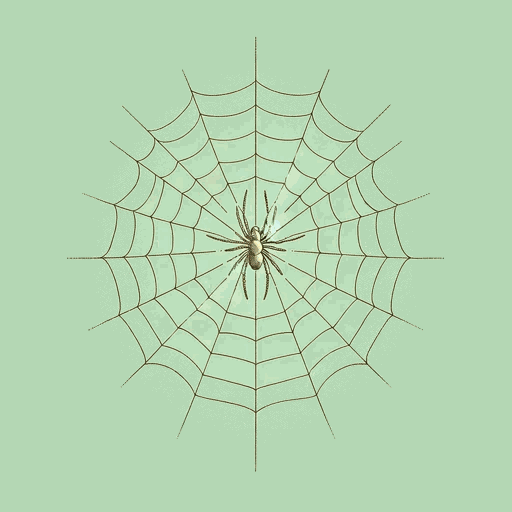
A Noiseless Patient Spider
Walt Whitman

Are you the new person drawn toward me?
Walt Whitman
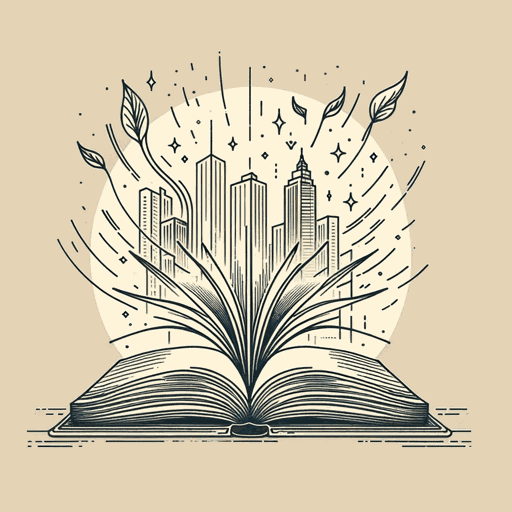
As I Walk These Broad Majestic Days
Walt Whitman
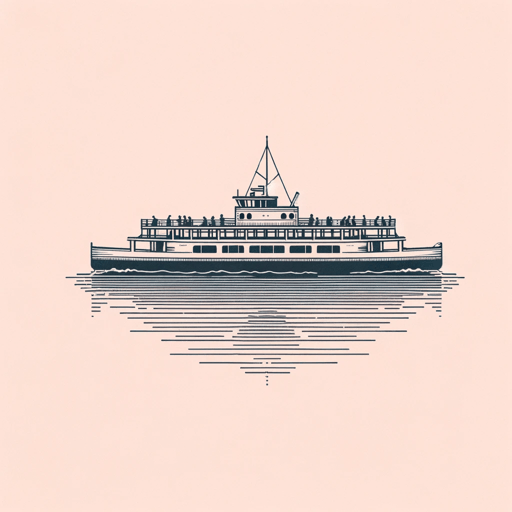
Crossing Brooklyn Ferry
Walt Whitman
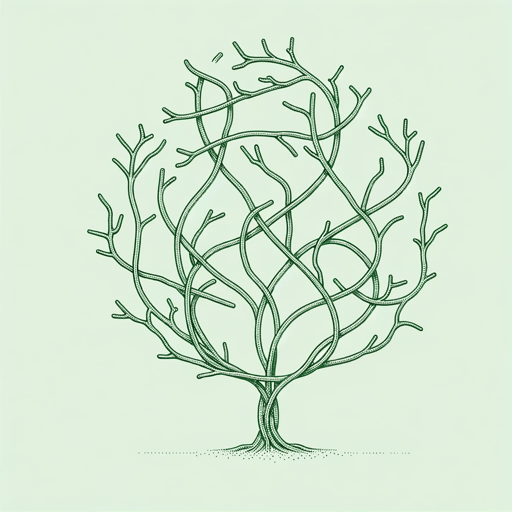
For You O Democracy
Walt Whitman
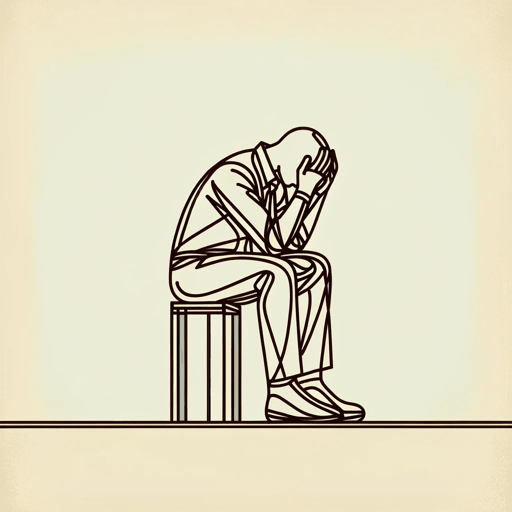
Hours Continuing Long
Walt Whitman
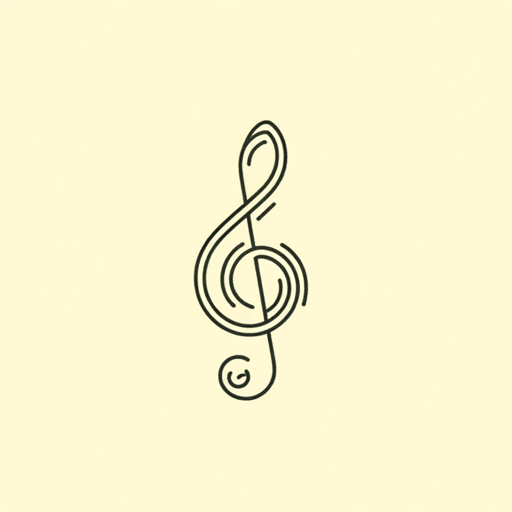
I Hear America Singing
Walt Whitman

I Sing the Body Electric
Walt Whitman
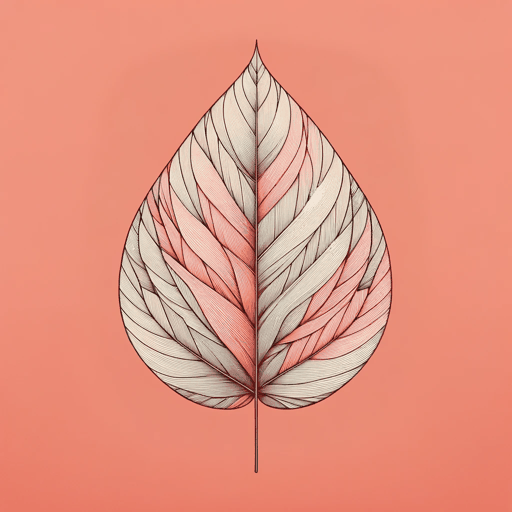
I Sit and Look Out
Walt Whitman

Leaves of Grass
Walt Whitman

O Captain! My Captain!
Walt Whitman
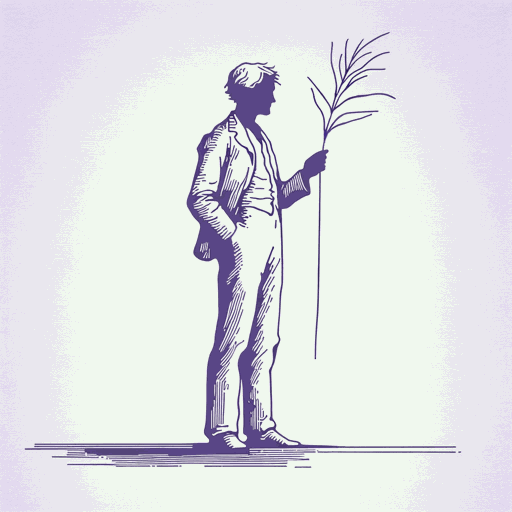
Song of Myself
Walt Whitman
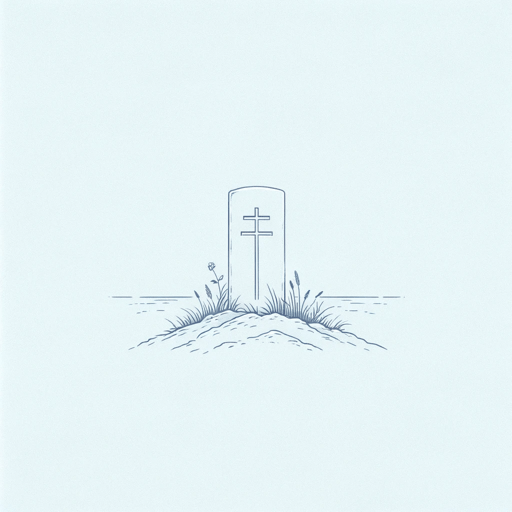
Vigil Strange I Kept on the Field One Night
Walt Whitman

When I Heard the Learn'd Astronomer
Walt Whitman
